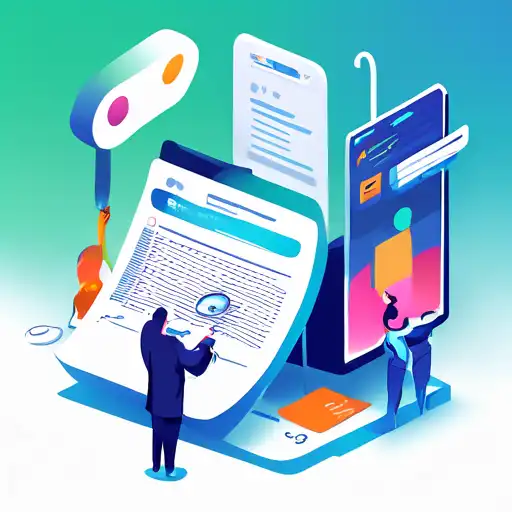Introduction to Website Accessibility
In today's digital age, making your website accessible to everyone, including people with disabilities, is not just a moral obligation but also a legal requirement in many jurisdictions. Accessibility enhances user experience, improves SEO rankings, and expands your audience reach. This guide will walk you through the essential steps to make your website more accessible.
Understanding Web Accessibility
Web accessibility means that websites, tools, and technologies are designed and developed so that people with disabilities can use them. This includes auditory, cognitive, neurological, physical, speech, and visual disabilities.
Key Steps to Improve Website Accessibility
1. Use Semantic HTML
Semantic HTML helps screen readers and other assistive technologies understand the structure of your content. Use elements like <header>, <nav>, <main>, and <footer> to define the layout of your page.
2. Ensure Keyboard Navigation
Many users rely on keyboards to navigate websites. Ensure all interactive elements are accessible via keyboard by using tabindex and ensuring focus states are visible.
3. Add Alt Text to Images
Alt text provides a textual alternative to images, allowing screen readers to describe them to visually impaired users. Always include descriptive alt text for meaningful images.
4. Use ARIA Landmarks
ARIA (Accessible Rich Internet Applications) landmarks help define regions of your page, making it easier for assistive technologies to navigate.
5. Ensure Sufficient Contrast
Text and background colors should have sufficient contrast to be readable by users with visual impairments. Tools like the WebAIM Contrast Checker can help you verify this.
6. Provide Transcripts and Captions
For audio and video content, provide transcripts and captions to ensure accessibility for users with hearing impairments.
Testing Your Website for Accessibility
Use tools like WAVE or AXE to test your website for accessibility issues. Regular testing ensures compliance with WCAG (Web Content Accessibility Guidelines) standards.
Conclusion
Making your website accessible is an ongoing process that benefits all users. By following these steps, you can create a more inclusive web experience. For more tips on web development, check out our web development tips page.
